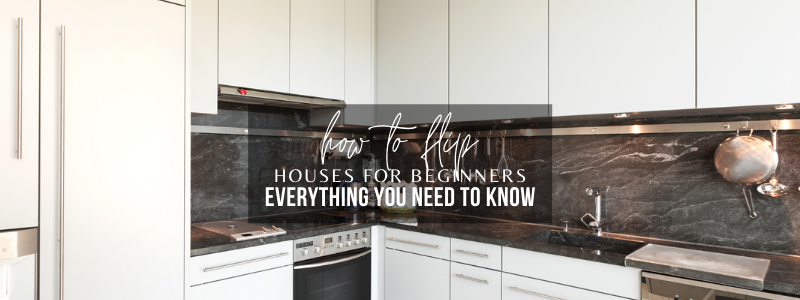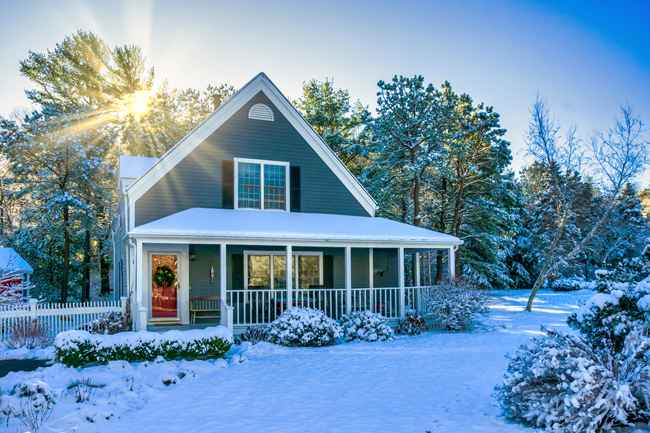How to Flip Houses for Beginners – Everything you Need to Know

Flipping houses can make you money, and even be fun. It may not be as fun or easy as you see them on reality TV shows, but there is certainly money to be made if you can do it right.
If you’re new to flipping houses, check out this simple guide on how to flip houses and make money.
Find the Right Market
First, you must find the right market. It may be in the area you live or a different area. You want an area that not only has affordable homes but has a market of buyers who want to buy renovated homes.
Decide, is your market ‘high class,’ ‘average’ or somewhere in between? This will help guide you to the right area.
Determine your Budget
Next, figure out your budget. Are you making a down payment? Do you need a mortgage? Are you using your home’s equity?
Your budget determines what type of and size home you can buy. If you borrow money to buy the home, make sure you can afford the monthly payment until you sell the home. The mortgage becomes a part of your ‘carrying costs’ which are the costs you incur until you sell the home.
Create a Business Plan
Once you know your budget, create a business plan. What type of changes do you plan to make? Are you making structural changes or minor renovations? Do you prefer cosmetic changes or do you have a budget to completely redo a home?
Work with a licensed appraiser or real estate agent to determine not only the value of the home now, but after you make the changes. It only makes sense to flip a home if it will be worth more than what you invested in it so you walk away with a profit.
Create your Network
With your plan in place, you’ll need a network of professionals on your side. Contractors, mortgage lenders, and a real estate agent are three of the most important people in your network.
The contractors will write up the estimates and if it’s within your budget, do the work. The mortgage lender will provide the financing and the real estate agent will be your ‘right-hand man’ throughout the process.
The right real estate agent will help you visualize your plan, make it a reality, and help you achieve the profits you desire.
Invest in Real Estate
The final step, once you do all the legwork is to buy the home and get to work. Buying and selling a home within 6 months usually provides the highest profits because it minimizes your carrying costs and allows you to flip home fast.
If you’re thinking about flipping homes, let’s talk. I’ll help you understand the market, what areas are great for flipping homes, and show you how to get started. When you have the right team on your side, flipping homes can be a great side hustle and can help you increase your retirement portfolio.




